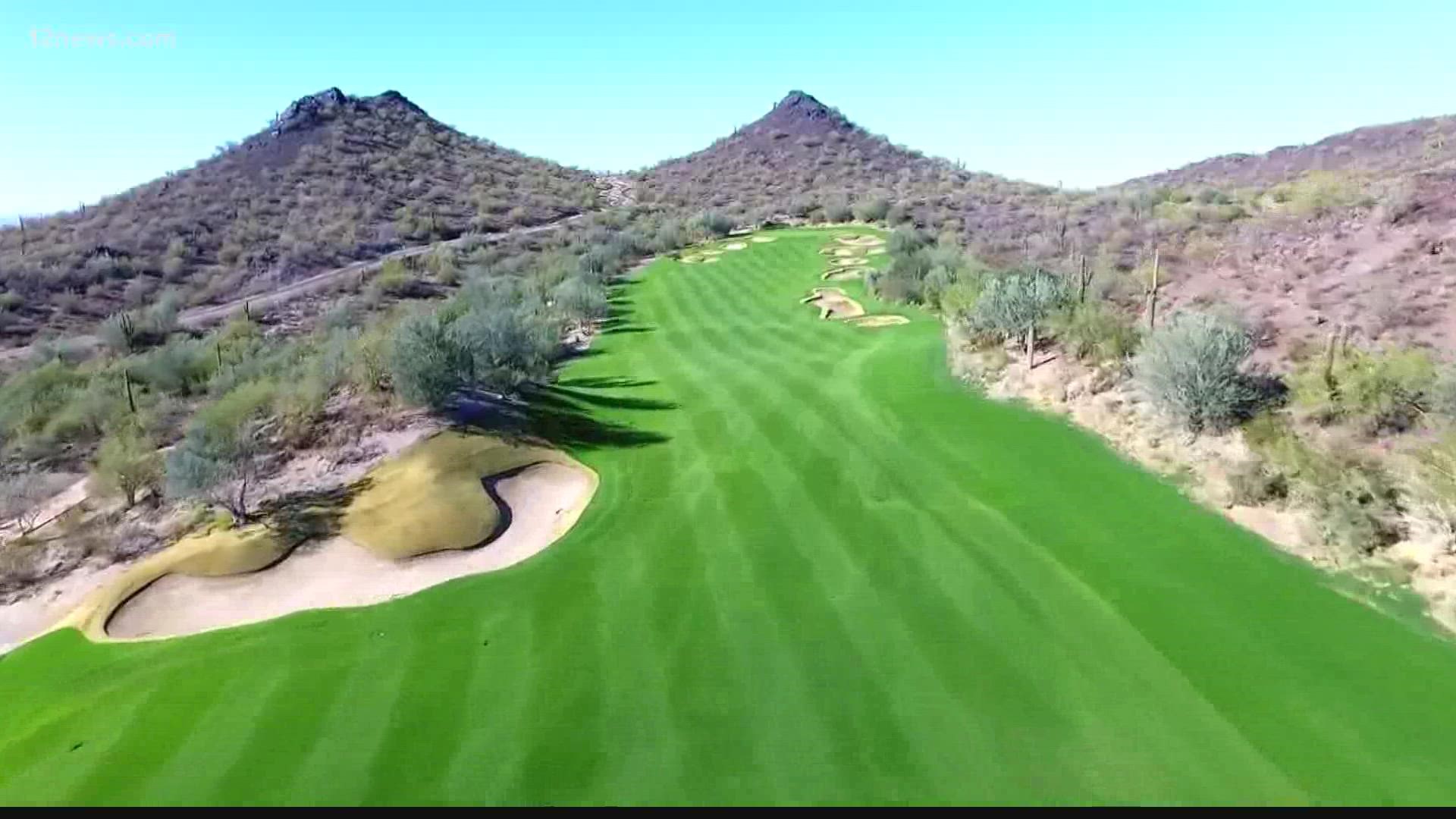ARIZONA, USA — Editor's note: The above video aired during a previous broadcast.
Arizona's largest renewable water supply is losing water fast.
The Colorado River, where Arizona gets more than one-third of its total water supply from through canals, lost 30% of its water last year. The drop was more drastic than many experts expected.
Lake Mead's water supply is also dropping. The lake is expected to reach a harmful water cut benchmark by the end of 2022.
Meanwhile, Arizona's golf courses continue to have perfectly green grass.
Numerous 12 News viewers have taken to comment sections in our water shortage stories advocating for the closure of golf courses to save water and alleviate the impending crisis.
It makes sense. Having green grass in the middle of the desert is a luxury few can afford, especially on the scale golf courses operate.
But, would cutting off water to all of that grass even make a dent in the oncoming water shortage?
THE QUESTION
Will closing Arizona's golf courses help alleviate the impending water shortage crisis?
OUR SOURCES
- Sarah Porter, Kyl Center for Water Policy director
- Cynthia Campbell, Phoenix's Water Resources advisor
- Arizona Department of Water Resources
- Central Arizona Project
THE ANSWER
No, closing Arizona's golf courses would not make a significant impact on the impending water shortage for multiple reasons.
WHAT WE FOUND
1) If golf goes away, the grass still stays
First off: the grass.
One of the reasons Arizonans see golf courses as the most visual user of water in the state is because of the vibrant green fairways set against the brown dirt and rock of the Sonoran Desert.
If courses are closed, however, that doesn't mean the grass goes away.
"We probably wouldn't want to have a dustbowl," said Kyl Center for Water Policy Director Sarah Porter. "We would want to keep using the land that golf courses take up."
The land that golf courses are on is very valuable from an environmental conservation standpoint. Audubon International has previously reported that golf land can provide multiple other uses, including:
- Act as wildlife sanctuaries
- Provide natural environments in urban areas
- Support native plants and wildlife
- Improve air quality and moderate temperature
"Essentially, you would still need to use some water on the land that golf courses were taking up," Porter said. "Whether or not it would be less water is an open question."

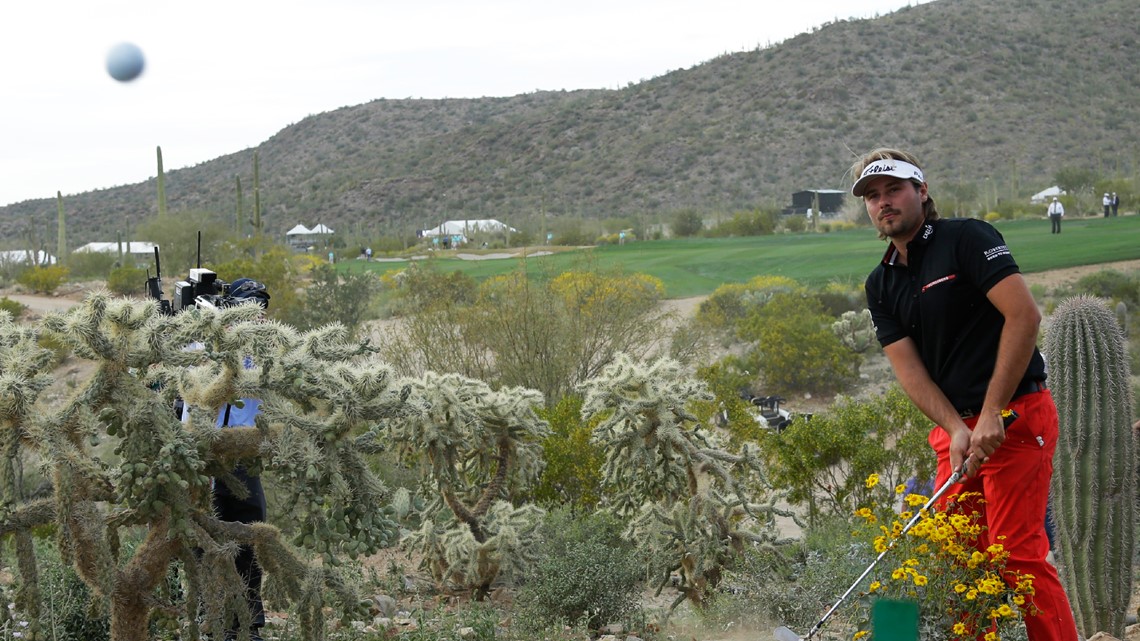
2) Golf is dwarfed by other water users in Arizona
Even if the decision was made to close golf courses and rip up the grass they used, the water "saved" still wouldn't make a dent in the amount of water needed to replenish the Colorado River.
Arizona's golf industry uses around 21,000 acre-feet of water from the Colorado River, according to data from the Kyl Center for Water Policy.
That is around 1.3% of the amount of water Arizona is allowed to use from the Colorado River.

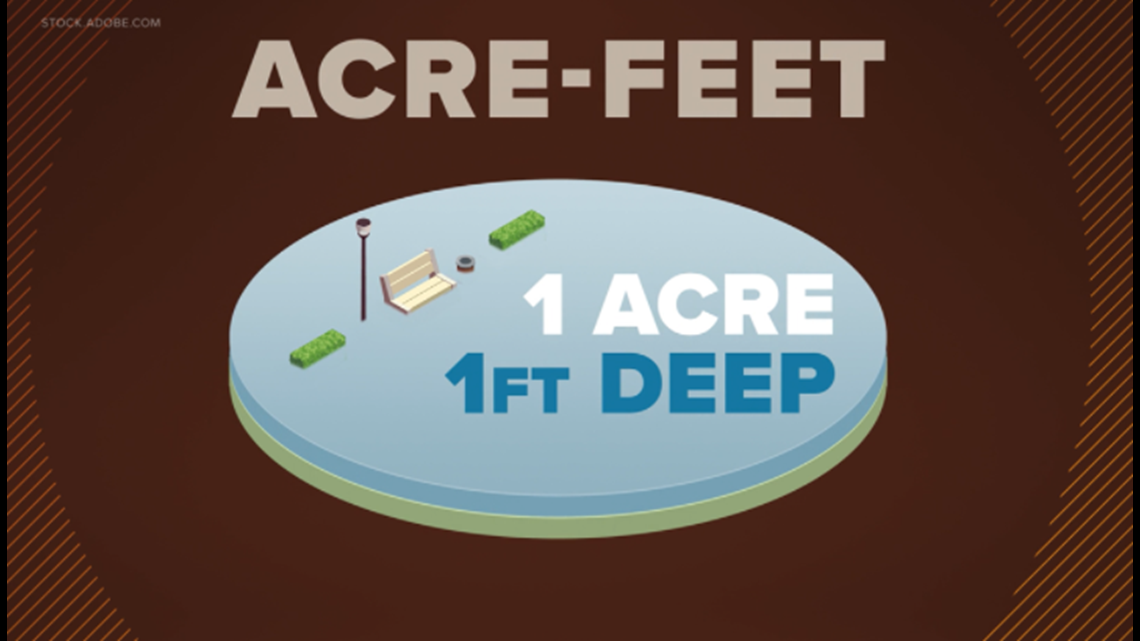
Compare that to Arizona's agriculture industry, which uses around 70% of the state's total allocation of Colorado River water, and the usage of golf courses doesn't even make a dent.
"You could turn off every golf course in the City of Phoenix and it still wouldn't be remotely enough to make up what the [water usage cut] is going to be for farmers in Pinal County," said Cynthia Campbell, Water Resources Management Advisor at the city of Phoenix.

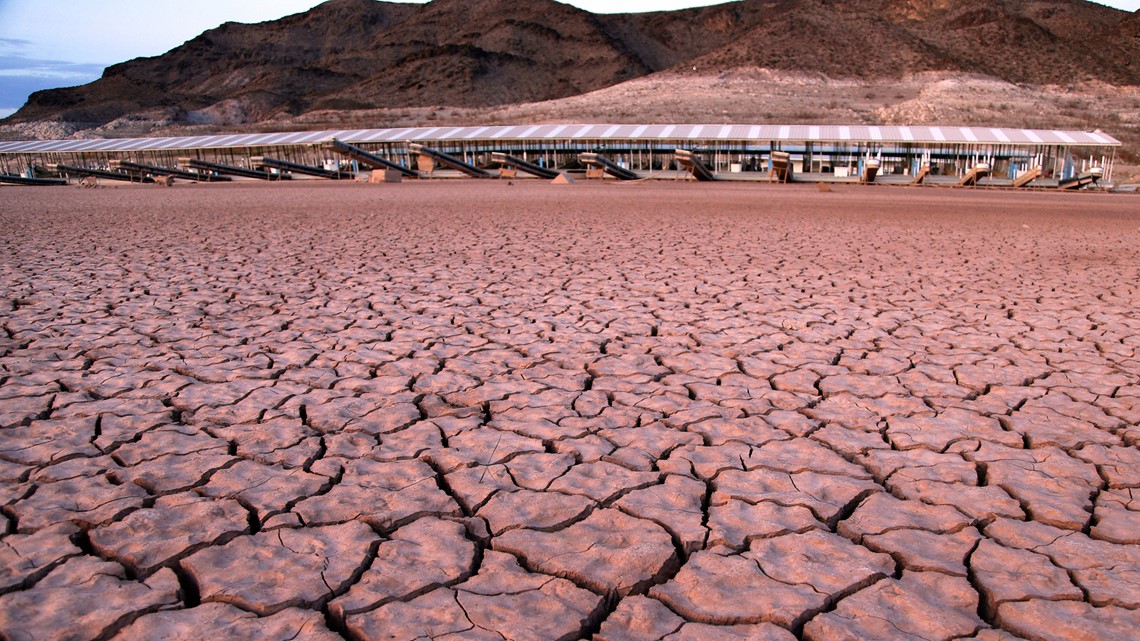
The first major cuts Arizona will be making due to the water shortage is in agriculture for this reason.
That's not to say Arizona's agriculture industry isn't efficient. Conservation efforts mandated by the state require farmers to be sustainable and efficient in their water usage.
It just naturally takes a lot of water to grow crops in the desert.
"Even with the most efficient uses and being good stewards of water, it's just the nature of the agriculture business that they will always use vastly more water than...city or urban use," Campbell said.
Agriculture is still a necessity, though.
Even if the agriculture industry uses more water, why is it facing cuts before amenities and luxuries in the state such as golf courses?
The answer lies in how the state's priorities are outlined in water contracts.
3) Golf course water is city water, the state's highest priority for water usage
The water that golf courses use to keep their fairways green is given to them by city municipalities.
In other words, Porter said, if golf courses stopped using water, the water would go back into city usage rather than the Colorado River.
And cities are among the top priorities for water usage in Arizona.
When the Central Arizona Project (CAP) system was created in 1973 to bring water to central and southern Arizona from the Colorado River, the state and federal governments outlined what water users were the top priority; they decided which water users would be the last to face cuts when a shortage happened.
A decision was ultimately made that municipal, industrial and tribal communities would be among the top priorities, according to Campbell. Agriculture allocated water was determined to be one of the least prioritized users.

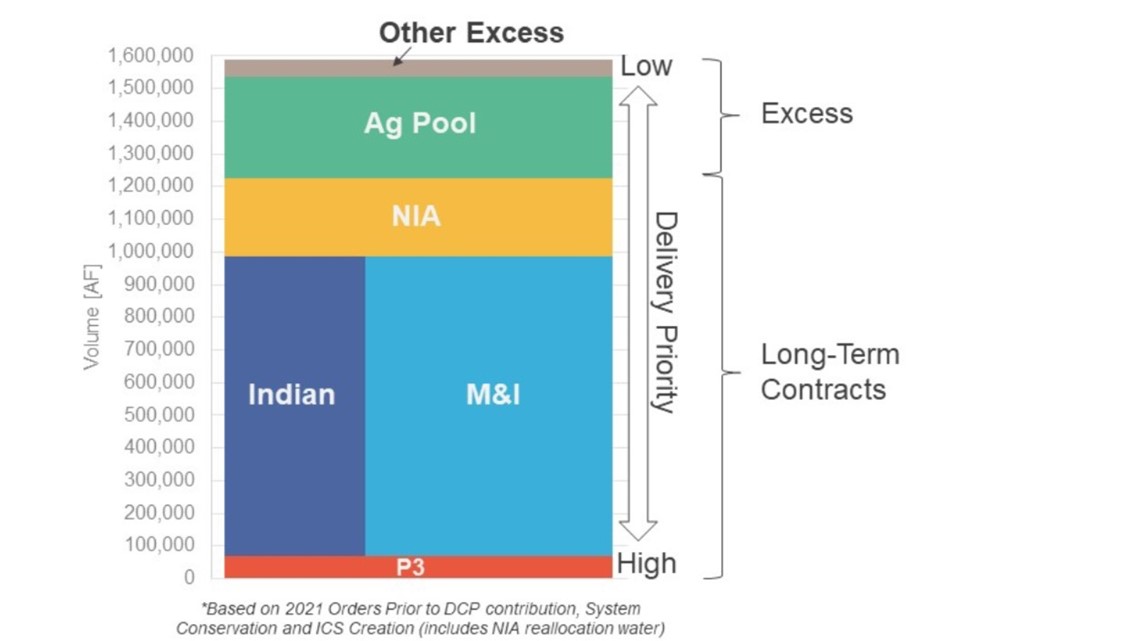
This wasn't due to a devaluing of agriculture, however. It was more so due to the history of water usage in Arizona.
"A lot of agriculture in the state was very reliant on well water before we got the CAP canal," Porter said. "It was broadly understood that well water was a finite resource and we were going to be in trouble."
To stop this over usage of well water, Porter said Arizona officials incentivized farmers to switch over to CAP water. A deal was struck among CAP agriculture users that cities would subsidize the water coming from the canal through urban property taxes.
In exchange for that deal, farmers gave up their rights to the CAP water to cities.
There has previously been enough water for farmers to receive their subsidized amount. But the long-term drought and over-allocation of the Colorado River have since changed that.
"There was never a moment when someone said 'farming is less important than golf, let's protect golf not farming," Porter said. "This is really about a deal that was worked out at arm's length by the willing participants and, unfortunately, it has this difficult consequence."
Scorched Earth
12 News, along with sister stations across Western states, set out to understand the dire conditions Arizona and other states face as drought and wildfire continue to rage. See all of the stories on our 12 News YouTube playlist here.

